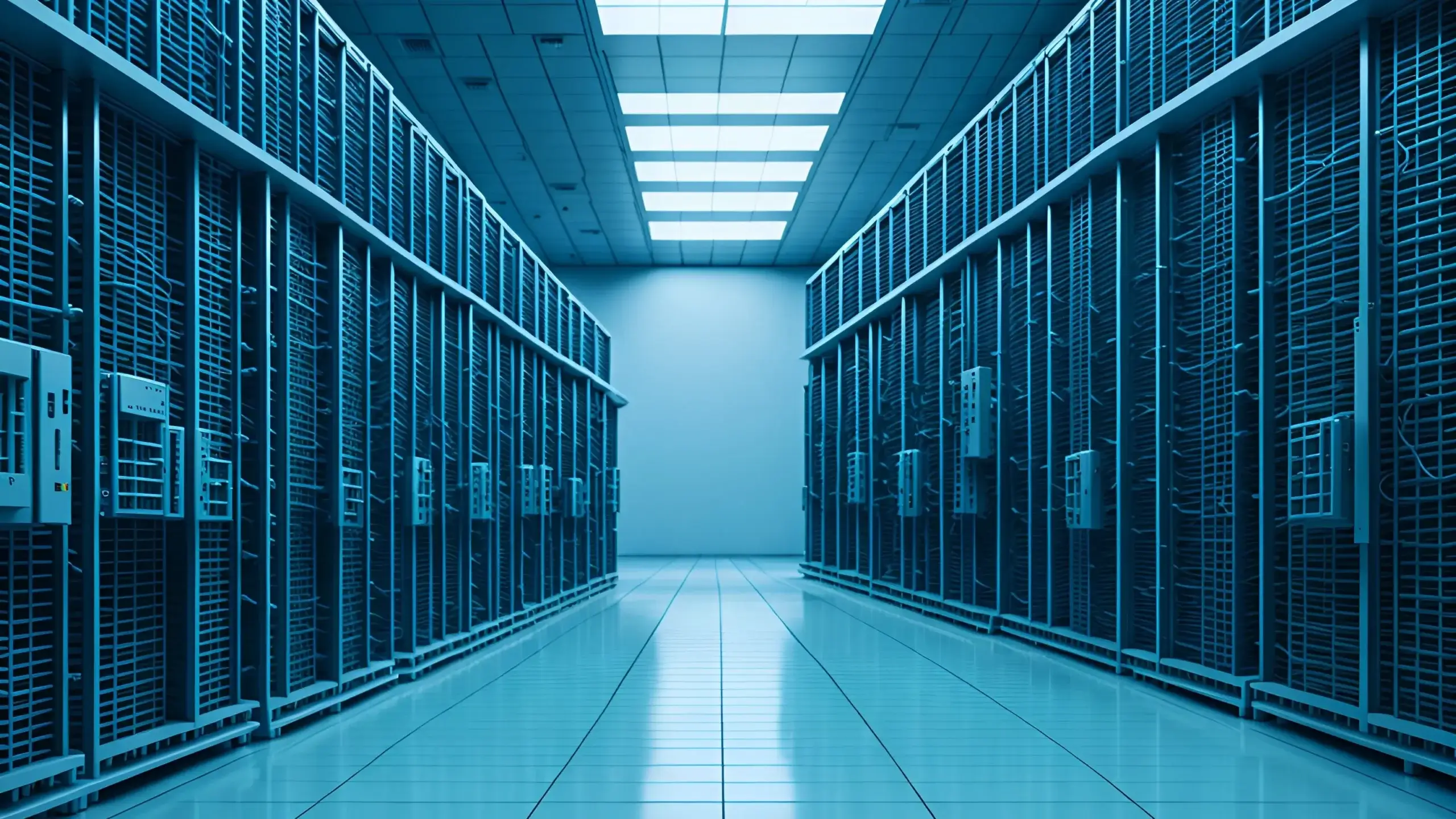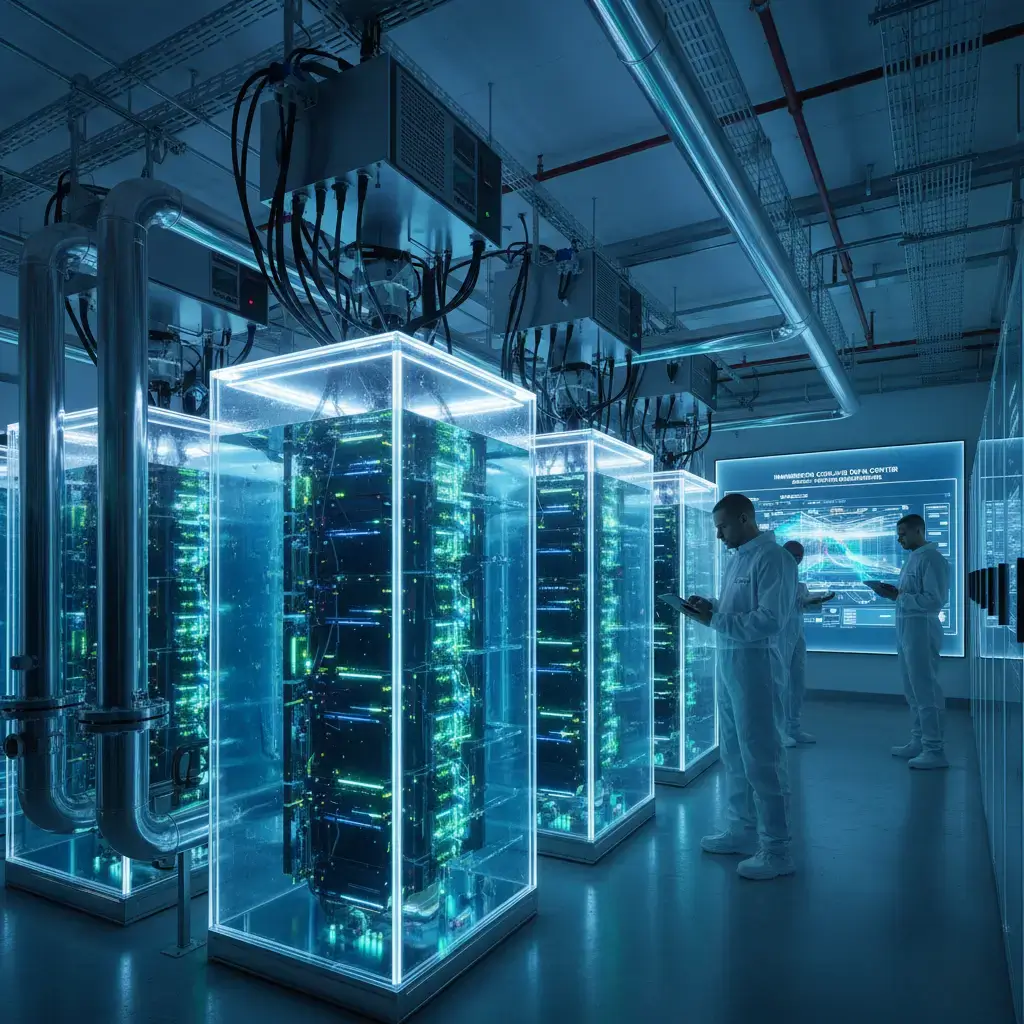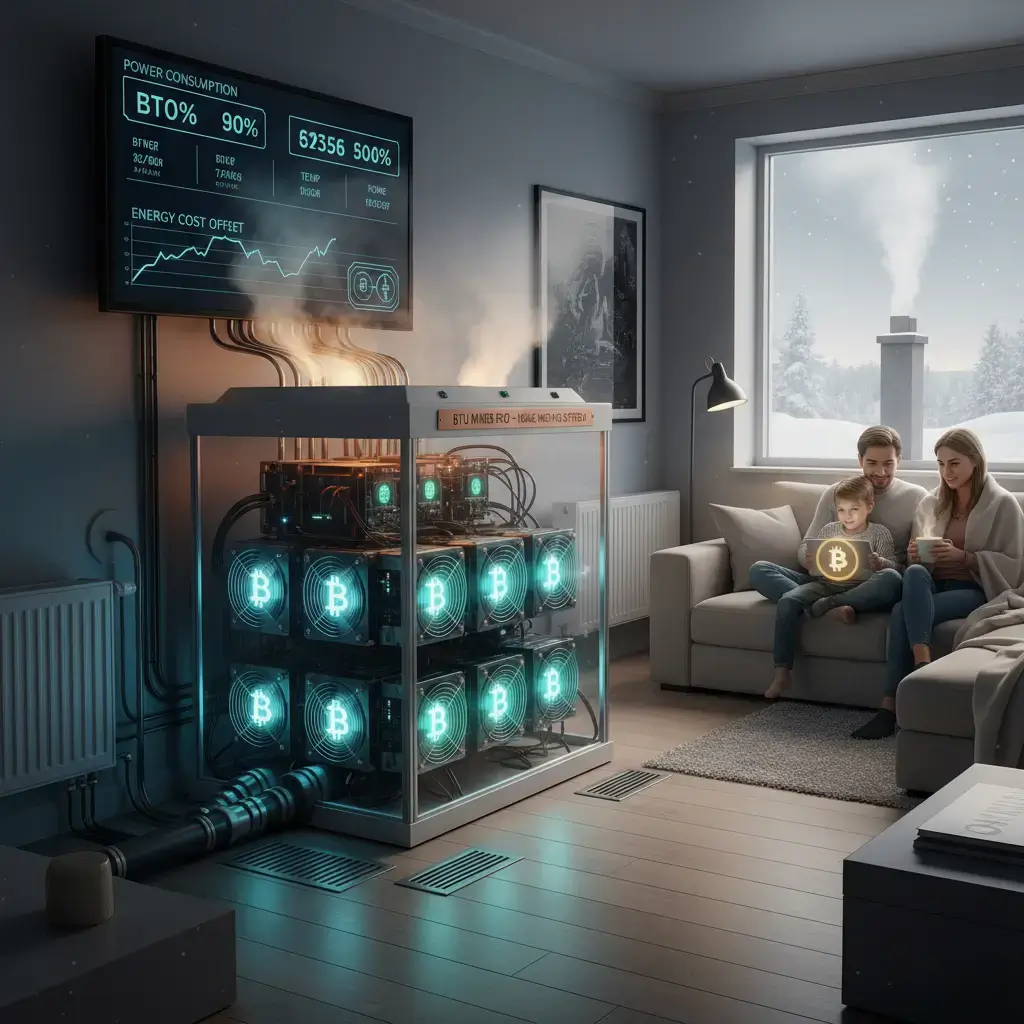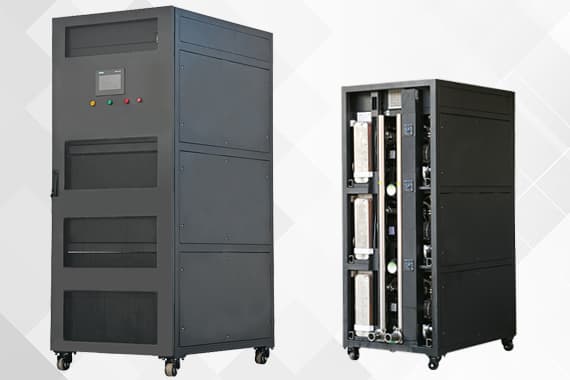As artificial intelligence (AI), edge computing, and high-density workloads continue to reshape the digital landscape in 2025, the demand for efficient thermal management in data centers has never been greater. Traditional air-based systems are increasingly strained by the heat generated from power-hungry GPUs and advanced processors. Enter data center liquid cooling—a transformative approach that’s revolutionizing how we handle heat, boost efficiency, and drive sustainability. At the forefront of this shift, providers like Flexential are equipping their expansive networks across the U.S. with liquid cooling data center solutions to meet the needs of tomorrow’s enterprises.
The Critical Role of Cooling in Modern Data Centers
Effective cooling is the backbone of any reliable data center, directly impacting uptime, energy efficiency, and hardware reliability. In high-stakes environments where even brief overheating can cascade into costly downtime, managing thermal loads is non-negotiable. This piece dives deeper into data center liquid cooling, exploring how it outperforms legacy methods by targeting heat at its source, especially amid the surge in AI-driven computing demands.
Demystifying Data Center Liquid Cooling
At its core, data center liquid cooling leverages a fluid medium—far superior to air in thermal conductivity—to capture and transfer heat from critical components like CPUs and GPUs. This not only allows for denser server configurations but also unlocks higher performance levels in existing infrastructure, making it indispensable for AI-optimized setups. By circulating coolants through precise pathways, liquid cooling data centers achieve up to 1,000 times the heat transfer rate of air, paving the way for greener operations.
The Journey of Cooling Technologies in Data Centers
Shifting from Air to Liquid Paradigms
The evolution from air-dominated cooling to liquid cooled data centers marks a pivotal advancement. Early air systems sufficed for modest loads, but today’s hyperscale environments demand more. Data center liquid cooling addresses these gaps by enabling scalable, high-density deployments without the bulk of massive fans or ductwork.
Cutting-Edge Developments in Liquid Cooling
Recent innovations, including dielectric immersion baths and microchannel direct-to-chip systems, are pushing boundaries. In 2025, hybrid integrations with AI predictive analytics allow liquid cooling data centers to preemptively adjust flows, minimizing energy waste and enhancing reliability.
Key Advantages of Embracing Liquid Cooling
Superior Efficiency Gains
What sets data center liquid cooling apart is its precision: liquids absorb heat directly, slashing cooling energy needs by 30-50% compared to air alternatives. For data center operators, this translates to lower PUE scores and a competitive edge in sustainability reporting.
Boosting Hardware Performance and Durability
Optimal temperatures mean peak efficiency for components, reducing throttling and extending lifespan by years. In a liquid cooled data center, mission-critical apps run uninterrupted, supporting everything from real-time analytics to generative AI.
Driving Down Energy and Environmental Impact
Liquid cooling data centers excel in energy reuse—capturing waste heat for building heating or district systems—aligning with global net-zero goals. Early adopters report up to 40% reductions in overall power draw, a boon for cost-conscious enterprises.
Exploring Liquid Cooling Techniques for Data Centers
Full Immersion Cooling
In immersion setups, entire servers plunge into non-conductive fluids, ideal for ultra-high-density data center liquid cooling. This method excels in HPC clusters, offering silent operation and rapid heat dissipation.
Rack-Level Liquid Integration
In-rack liquid cooling delivers targeted chills at the rack, perfect for modular liquid cooling data centers. It’s scalable, retrofittable, and minimizes disruption during upgrades.
Precision Cold-Plate Solutions
Cold plates clamped to hot spots circulate coolant for pinpoint cooling, a staple in liquid cooled data centers handling mixed workloads. This technique balances cost and efficacy for enterprise-grade performance.
Essential Elements of a Robust Liquid Cooling Infrastructure
A well-orchestrated data center liquid cooling system comprises interconnected components that ensure seamless operation.
Central Coolant Management
The Coolant Distribution Unit (CDU) acts as the system’s command center, regulating flow, temperature, and pressure to optimize heat exchange in liquid cooling data centers.
Exchangers, Pumps, and Fluid Dynamics
Heat exchangers offload thermal loads to external loops, while efficient pumps maintain circulation. In advanced liquid cooled data centers, variable-speed pumps adapt to load fluctuations for peak efficiency.
Specialized Racks and Fluid Choices
Engineered racks with leak-proof manifolds house servers, while fluids like engineered PFAS alternatives or water-glycol blends are selected for their eco-friendly profiles in data center liquid cooling.
Gauging the Performance of Liquid Cooling Systems
To quantify success, operators track key indicators that reveal a liquid cooling data center‘s true value.
Core Efficiency Benchmarks
Metrics such as Power Usage Effectiveness (PUE), Water Usage Effectiveness (WUE), and Coefficient of Performance (CoP) provide insights into energy and resource optimization.
Thermal Load Handling
Assessed in kilowatts per rack, heat removal capacity highlights how data center liquid cooling scales with AI’s voracious demands, often exceeding 100kW without strain.
Holistic Energy Profiling
Beyond pumps, total energy audits in liquid cooled data centers factor in heat recovery, revealing net savings that offset initial investments within 2-3 years.
Strategic Rollout of Data Center Liquid Cooling
Transitioning to data center liquid cooling demands thoughtful planning across design, budget, and operations.
Optimizing Facility Design
Liquid cooling data centers free up floor space by ditching bulky CRACs, but require fluid routing that supports future expansions and easy servicing.
Balancing Capital Expenditures
Upfront costs for liquid cooled data center retrofits can reach 20% higher than air systems, yet ROI accelerates through density gains and rebates from green incentives.
Ongoing Reliability Protocols
Proactive leak detection, fluid purity checks, and AI-monitored diagnostics keep data center liquid cooling humming, with downtime risks dropping below 0.01%.
Selecting the Right Thermal Strategy for Your Data Center
Tailoring cooling to workload specifics is key—air for legacy, liquid for cutting-edge, or hybrids for flexibility.
Traditional Air-Based Approaches
Air cooling remains viable for low-to-medium density liquid cooling data centers in transition phases, offering simplicity and lower entry barriers.
Full-Scale Liquid Cooled Data Centers
For GPU-heavy AI hubs, liquid cooled data centers deliver unmatched density and efficiency, future-proofing against escalating compute needs.
Blended Air-Liquid Hybrids
Hybrid models in data center liquid cooling zone intense areas for liquid while using air elsewhere, providing a pragmatic path to full adoption.
Curious about deploying liquid cooling data centers for your next-gen workloads? Explore Flexential’s comprehensive guide to liquid-ready infrastructure and GPU-accelerated environments.
In wrapping up, data center liquid cooling isn’t merely an upgrade—it’s essential for thriving in 2025’s compute-intensive era. By prioritizing liquid cooled data centers, organizations can achieve superior performance, slash emissions, and secure long-term savings. Ready to dive in? Connect with Flexential experts for a tailored assessment of your thermal roadmap.
Propel Your Digital Infrastructure Forward
Have a query on data center liquid cooling or a vision for resilient operations? Let’s craft a bespoke Lian Li strategy to accelerate your success.
FAQ About Data Center Liquid Cooling
1. What is data center liquid cooling and how does it work?
Data center liquid cooling is a technology that uses liquid—typically water or specialized coolants—to absorb and transfer heat away from servers and IT hardware. Unlike traditional air cooling, liquid cooling systems are more efficient at managing high-density workloads, reducing energy consumption, and maintaining stable temperatures in modern data centers.
2. Why are companies shifting to liquid cooling data center solutions?
Organizations are adopting liquid cooling data center systems to improve energy efficiency, reduce operational costs, and support high-performance computing (HPC) workloads. As power densities increase, liquid cooling enables better thermal management and sustainability, making it ideal for AI, cloud, and hyperscale applications.
3. What are the benefits of a liquid cooled data center compared to air cooling?
A liquid cooled data center offers superior heat dissipation, lower energy costs, and quieter operation compared to traditional air-cooled facilities. It also allows for higher server density, improved reliability, and a smaller environmental footprint, which helps meet both performance and sustainability goals.





